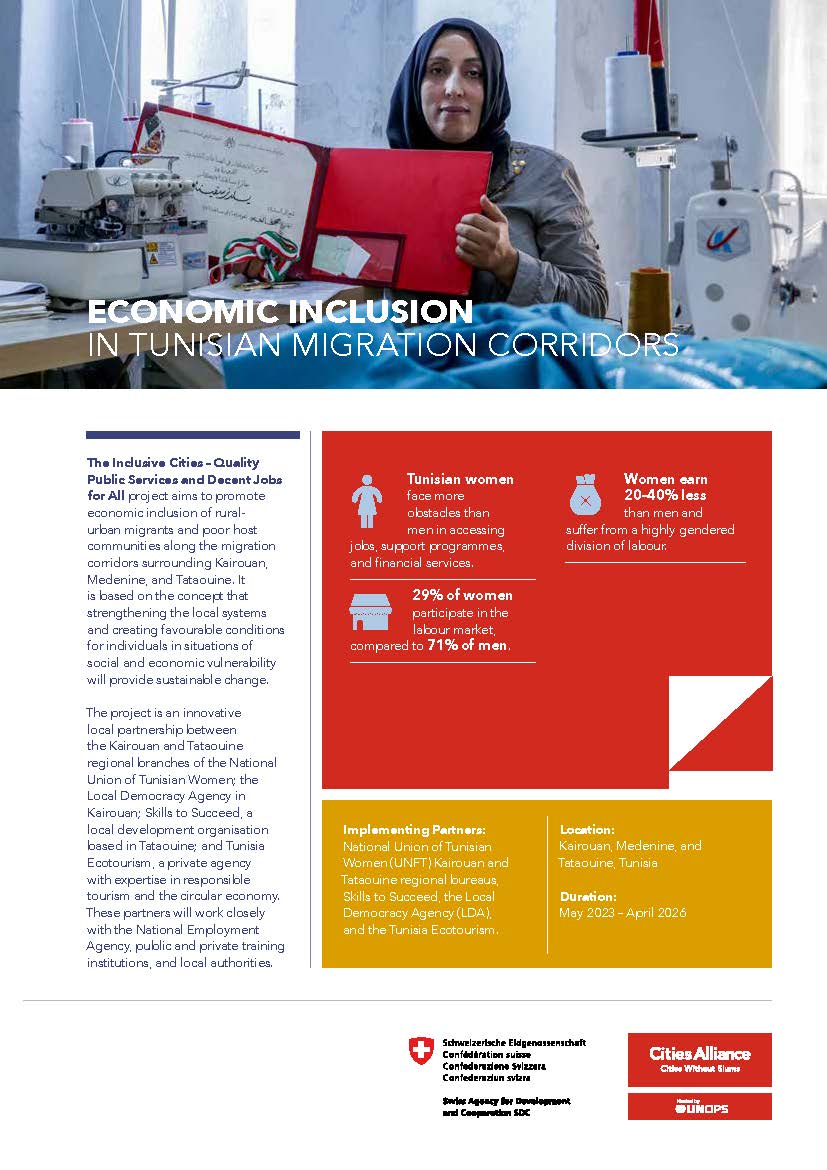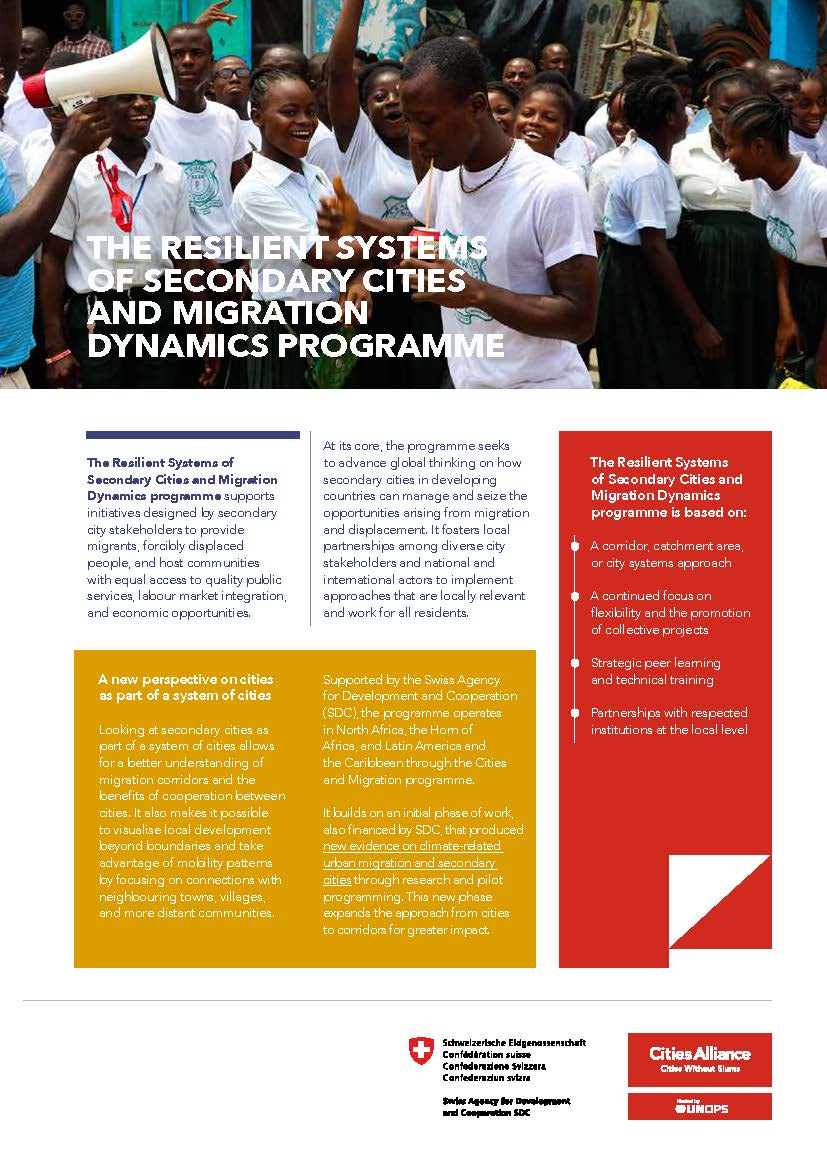- Who We Are
- How We Work
- Portfolio & Results
- Newsroom
- Resources
Sana'a, A City Development Strategy
This publication outlines the process of developing a city development strategy (CDS) for Sana'a, Yemen. It includes background on Sana'a and an overview of the studies, discussions, and strategic planning that resulted in the city's CDS.
The nation's capital and a UNESCO World Heritage site, Sana'a is Yemen’s largest city, political and administrative centre, and home to 30 percent of the country’s industrial establishments.
It is also facing a number of major challenges, including high poverty and unemployment, the highest rate of population growth in the region, the proliferation of slums, poor urban planning and management, limited access to land, alarming water shortages, and severe environmental problems.
In an effort to develop a long-term plan for the city, the Sana'a Local Council initiated the CDS process in September 2005 in coordination with The World Bank and the Arab Urban Development Institute (AUDI). Funding and organisational aspects of the CDS were approved in October 2006 by the Cities Alliance, and the two-year CDS process was launched under the leadership of the Minister of State and Mayor of Sana’a.
The two-year CDS process brought together stakeholders from the public, private, and civil society sectors. They agreed on the following vision statement for Sana’a in 2025:
“Sana’a—Yemen’s capital and symbol of its unity—is a historic and cultural center; a regional destination, and a gateway to Yemen; a hub of commerce, services, and tourism; a city with high quality infrastructure and services, which improves living standards for its residents and enhances its attractiveness to its visitors.”
Stakeholders also agreed that Sana’a’s city development strategy should concentrate on five themes or components: (1) economic development, (2) institutional strengthening, (3) better financial management, (4) improved urban planning, and (5) a comprehensive approach to urban upgrading.


